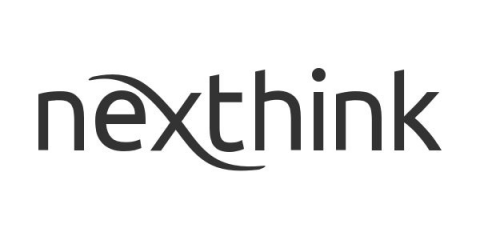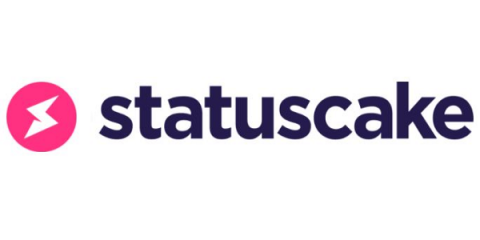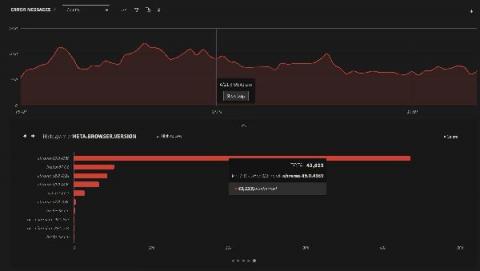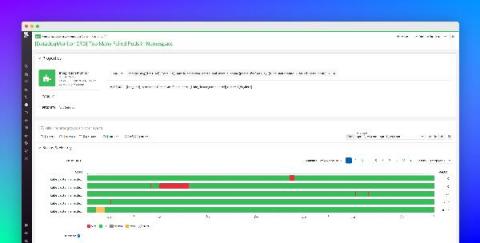How to Debug Remotely in IntelliJ
Debugging is one of the most critical aspects of software development cycles. Developers not only leverage it to find and fix errors, but also to uncover potential performance issues in the code. Being able to debug is a core skill every developer needs to have in order to provide valuable, scalable solutions.











